Introducción
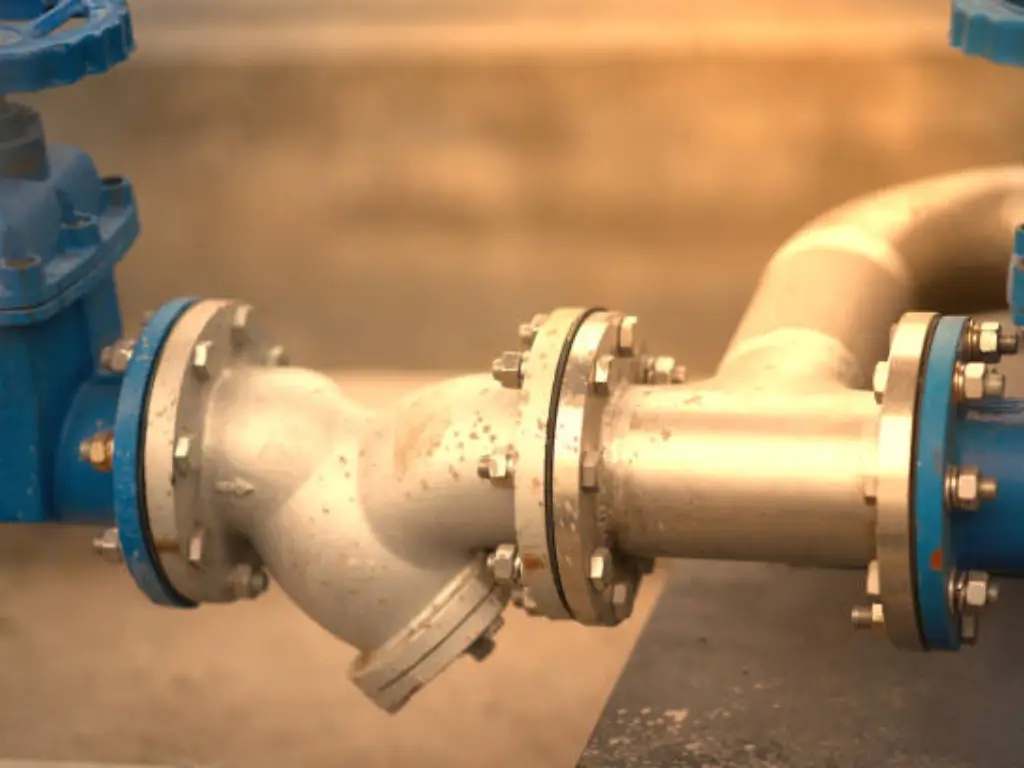
Check valves are very important and very basic elements in many systems, from the water supply in homes to the large pipelines in industries. If you have ever asked yourself a question, “how does a check valve function” or “why it is crucial”, you are in the right place. In this article, we will introduce information about check valves. Grab a cup of coffee and let’s get started.
What is a Check Valve? Understanding Its Purpose and Importance
Check valve, also known as non-return valve, is a valve which allows the fluid to flow in one direction and does not allow the flow in the opposite direction. It serves a vital role in systems where fluid or gas back flow is likely to cause damage or reduce system efficiency. Check valves are used widely in many industries such as water treatment plants and pumping stations to control the water flow.
A check valve is applied in a piping system in order to help the fluid flow in a desired direction for the purpose of increasing efficiency. In irrigation systems or any industrial pumping station, the back pressure or pressure fluctuations will not in any way damage the equipment and this is where check valves come in. Learning about these valves makes one appreciate the part they play in making sure that our systems are healthy and safe to use.
How Does a Check Valve Work? The Science Behind One-Way Flow
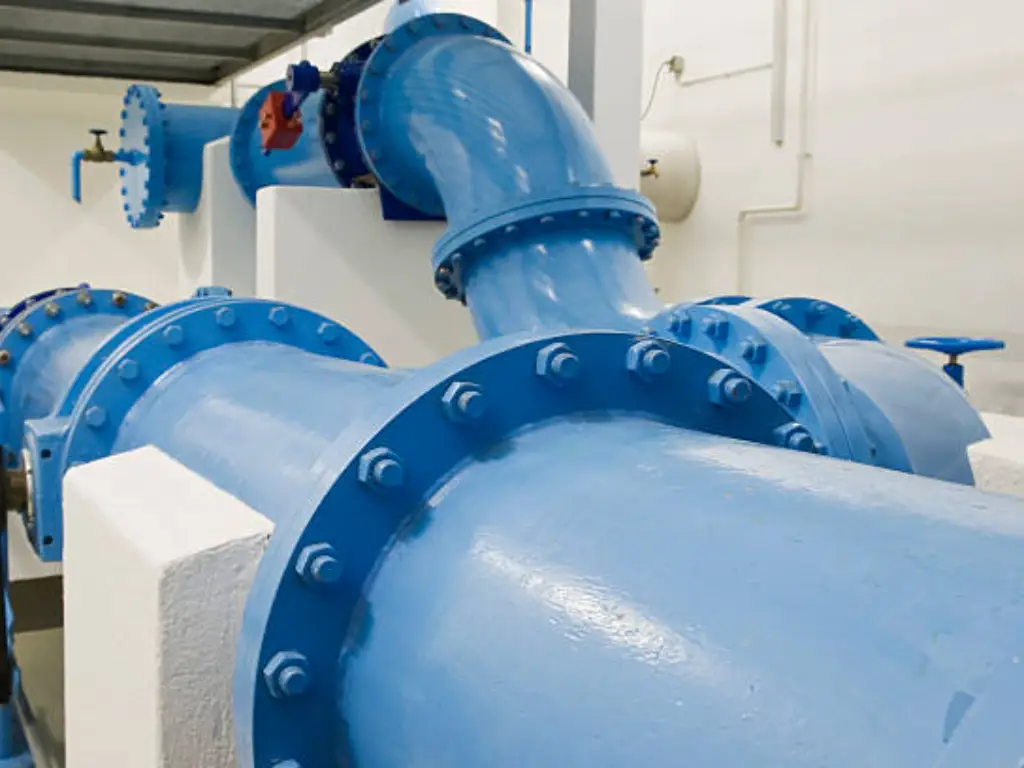
What is the mechanism behind a check valve? It’s really quite simple. The operation of a check valve is based on noticing the pressure changes between its inlet and outlet terminals. The valve opens and allows fluid to proceed in the wanted way when there is enough pressure on the inlet side. When the outlet pressure surges or back pressure collects, the valve will seal to stop reverse flow. This assures that fluids do not flow in the opposite direction, which could lead to system malfunction or contamination.
The closure mechanism changes according to the types of check valves. A variety of typical types exist, such as swing check valves and ball check valves, meant for specific requirements. For a thorough understanding of the different check valve types, please see the upcoming chapter.
Since cracking pressure is so vital to the operation of a check valve, we will take a separate section to explain it thoroughly.
Cracking Pressure
What is Cracking Pressure?
Cracking pressure is the minimum pressure that must be exerted across a check valve in order to get the valve moving from its seat so as to let the fluid pass through. In simpler terms, it’s the pressure threshold that the fluid must overcome to push the valve open.
To understand this let us look at a check valve: when fluid pressure exceeds the cracking pressure, the check valve’s internal component – the disc, the ball or spring – moves and the valve gets opened. When the pressure increases beyond the cracking pressure the valve opens up even more in order to allow for more flow. This mechanism only permits flow in the intended direction and does not flow back when pressure is less than cracking pressure.
Cracking pressure is one of the most important factors that affect the working of check valves. Here’s how it influences the operation of these valves:
- Ensures Proper Flow Control: Cracking pressure is the pressure at which a valve is designed to open or close and this is helpful in that it helps the system to reach the right pressure before the valve opens. It is a method of preventing the valve from opening up early, and only letting the fluids go through when there is enough pressure required for a certain flow. In systems with an inconsistent flow rate, the right cracking pressure guarantees that fluid will flow evenly and without any obstruction.
- Prevents Reverse Flow: Another critical application of a check valve is to control back flow and cracking pressure is used to guarantee that the valve does not open when the system pressure is low. Once the cracking pressure has been correctly set, the valve will open at the right time and will not allow back flow therefore protecting the system from contamination or pressure shocks.
- Enhances System Efficiency: Correct cracking pressure ensures that the valve responds to pressure fluctuations to open and close, thus improving the system performance. On the one hand, a valve with a low cracking pressure will open when it is not necessary, which is not efficient. On the other hand, a valve with a high cracking pressure will reduce the flow in low pressure systems.
- Prevents System Damage: Proper cracking pressure also minimizes pressure surge or pressure build up in the system. If the valve doesn’t open at the right pressure, it could lead to excessive pressure on the valve or other system components, causing mechanical stress or damage. Matching the cracking pressure to the system’s needs makes it last longer and reduces the costs of repairs.
How to Choose the Right Cracking Pressure?
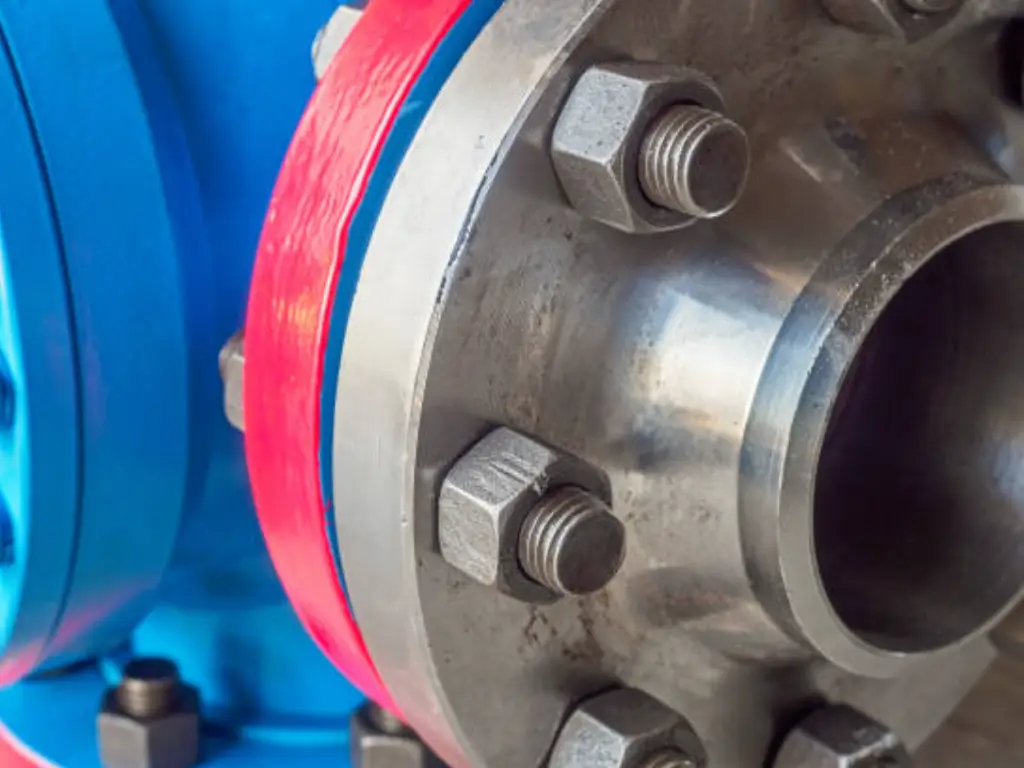
The selection of cracking pressure is certainly affected by a number of factors, particularly the kind of fluid being managed, system pressure conditions, and the particular industrial application. Different applications and fluid types require different cracking pressures to ensure optimal performance.
- Type of Fluid: The qualities of the fluid—viscosity and density being primary—can determine the cracking pressure. As an example, water systems usually work with a cracking pressure that is quite low, usually ranging from 1-5 psi (pounds per square inch). Rather, to break down more viscous substances — such as oil or molasses — it may be necessary to apply increased cracking pressures, normally between 5-10 psi. The compressibility of gases exceeds that of liquids, implying that systems operating in a gas phase could function at lower cracking pressures. In compressed air systems, flow control often functions well with cracking pressures that are as low as 0.3-1 psi.
- System Pressure Conditions: In intense industrial settings, such as oil and gas pipelines, the cracking pressure has to be sufficient to withstand considerable back pressure. Valves operating at pressures greater than 1000 psi may need cracking pressures between 15 and 30 psi to keep them closed when required and to open only in the right circumstances. In contrast, for low-pressure irrigation systems or pumping stations, smooth water flow may only require cracking pressures that range from 1-2 psi.
- Application Type: The cracking pressures in systems for heating, ventilation, and air conditioning (HVAC) may fall anywhere between 0.5 and 2 psi, depending on how sensitive the system is. In plants that handle corrosive or hazardous fluids, carefully picking the cracking pressure to stop leaks and accommodate differing fluid properties is necessary, usually between 5 and 15 psi, depending on the material.
Here’s a concise table summarizing the key points about cracking pressure based on fluid type, system pressure conditions, and application type:
| Factor | Descripción | Cracking Pressure Range |
| Tipo de fluido | Water systems typically need lower pressures. | 1-5 psi |
| Viscous fluids (e.g., oil, molasses) require higher pressures. | 5-10 psi | |
| Gaseous systems use lower pressures due to compressibility. | 0.3-1 psi | |
| System Pressure Conditions | High-pressure applications (e.g., oil and gas) need higher cracking pressure to manage back pressure. | 15-30 psi |
| Low-pressure systems (e.g., irrigation, pumping) can operate with lower pressures. | 1-2 psi | |
| Application Type | HVAC systems require tight control of air circulation. | 0.5-2 psi |
| Chemical processing requires careful selection to prevent leaks. | 5-15 psi |
Choosing the right cracking pressure is important for both efficiency and safety and has to correspond with the current system’s needs and the fluid characteristics at all times.
Types of Check Valves: A Detailed Overview
As mentioned earlier, there are several types of check valves. Let’s explore some of the most common types in detail.
Válvulas antirretorno oscilantes
Swing check valves are the most popular of all the types. Their design features a hinged disc or “flap” that swings open when fluid flows in the correct direction and closes when flow reverses. The valve opens when the pressure at the inlet side is enough to overcome the cracking pressure and the disc will swing upward. When the flow is no longer or is a negative one, the disc reseats to the closed position to minimize the reverse flow.
These valves can be applied in systems which have a continuous and even flow of fluids, for example water systems or pumping stations. They are easy to design and maintain, but they may not be the best for systems with pulsating or high frequency flow due to water hammer.
Válvulas antirretorno de bola
Ball check valves have a ball as the closure element. When the fluid flows in the desired direction, the ball is lifted off the valve seat and fluid can freely flow through. When the flow is in the opposite direction, the ball rolls back on the seat and does not allow backflow in any way.
These valves are usually employed in low pressure systems or in services where fluids are thick, such as oil or molasses. Ball check valves are small and sturdy, and are recommended for use in systems where space is a concern; however, they are not very suitable for high pressure systems.
Válvulas antirretorno de elevación
Lift check valves function the same as globe valves and have a disc that can be lifted off its seat when the fluid is moving in the correct direction. The disc is mounted on the valve body and lifts in the vertical way when the pressure is on. When the flow is reversed, the disc returns to its original position in order not for the liquid to flow back.
These valves are widely used in high pressure systems and are suitable for use in applications where there is the need to control the flow rate closely. Their design enables them to work under high pressure differentials but they need some pressure to raise the disc and this makes them unsuitable for low flow systems.
Knowing these types of check valves will assist in choosing the right one for your system and avoid back flow in the wrong direction.
Common Applications of Check Valves in Industries
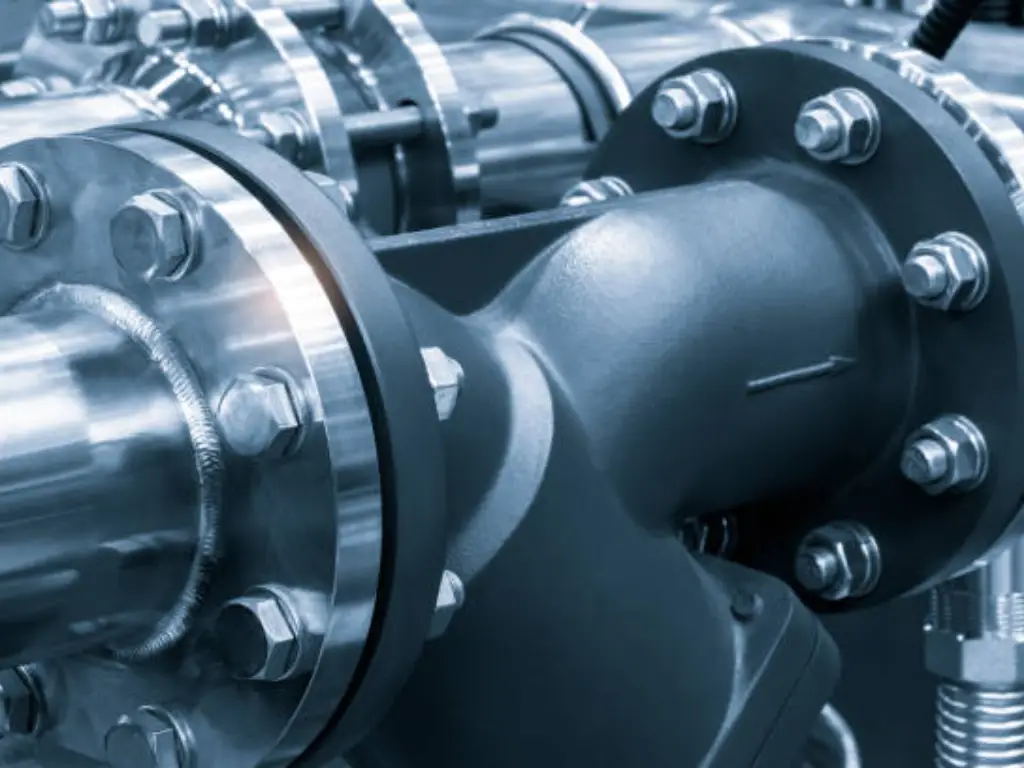
Check valves play a critical role in a wide range of industries, ensuring the smooth and controlled flow of fluids while preventing backflow. Here are some of their most common applications:
Water and Wastewater Systems
Check valves are also used in water treatment plants and pumping stations to ensure that water does not flow back a certain way, it can pollute water or make the system ineffective. They assist in regulating the water flow and such equipment is protected from the resultant back pressure.
Sistemas HVAC
There are check valves which are used in this stream of work in good HVAC systems to ensure that the flow of air is only in one direction to avoid fluctuation of pressure. These valves assist the system to be efficient and reductions in pressure build up that may harm the system.
Oil and Gas Pipelines
Check valves are primarily used in oil and gas processes where it becomes significant to prevent back flow and safeguard pipelines from backward pressure. This makes them useful in ensuring that transit of fluids is secure and more effective in areas of pressure.
Chemical Processing Plants
Check valves in chemical industries are employed where the flow of overly corrosive and harmful fluids is well understood. They do this by allowing only the right chemicals, fluids to flow in the right direction through the piping system, hence preventing the mix up of wrong fluids.
These applications demonstrate how critical check valves are necessary for enhancing the function and reliability of various sectors.
Choosing the Right Check Valve: Key Factors to Consider
Selecting a proper check valve for your system should always be done properly so that you don’t experience issues like backflow or pressure build up. Here are the key factors to consider when choosing the right check valve:
Flow Conditions
One of the consideration is the type of flow conditions that your specific system is to be exposed to. For non-pulsating flow, swing check valves are usually preferred because of their simplicity of operation. But if the flow in the systems is not too steady or even changes then the ball check valve might have some advantages because of the higher frequency of movement and the general better performance at low flow rates. An understanding of the flow profile of the system in question will help in the decision making, when it comes to the type of valve that will fit the system’s details.
Pressure Requirements
The cracking pressure, that is the pressure which is necessary to open the valve, must be chosen correctly for the given system. For instance, the pressure system in the oil and gas industry may require use of valves with high cracking pressure in order to avoid reverse flow. However, for low pressure systems like irrigation systems, the valve must have a low cracking pressure which enable the valve open or close whenever low pressure is applied.
Compatibilidad de materiales
The type of material used in the valve construction should also be favorable to the type of fluid handled. For example, in water systems, the use of stainless steel or PVC may be adequate. However, where the chemical substances used are corrosive or are in some ways hazardous to any part of the system, the use of PTFE or some other special alloy may be needed in order to avoid erosion of the component parts and in order to ensure that the system lasts.
Spatial and Installation Limitations
The size of your system can also determine the type of valve you will use in your system due to space constraints. Ball check valves may be of small size, and hence ideal for installation in any system that has limited space, while lift check valves may require relatively large space due to vertical motion. One has to take into account the physical arrangement of the system while choosing a valve, since this will define the size and kind of valve to actually be used.
As a result, taking into consideration such factors as the flow conditions, pressure, compatibility of the material, and the space allocated check valve will serve as efficient guarantee regarding safety and effectiveness of the system.
Troubleshooting Common Check Valve Problems
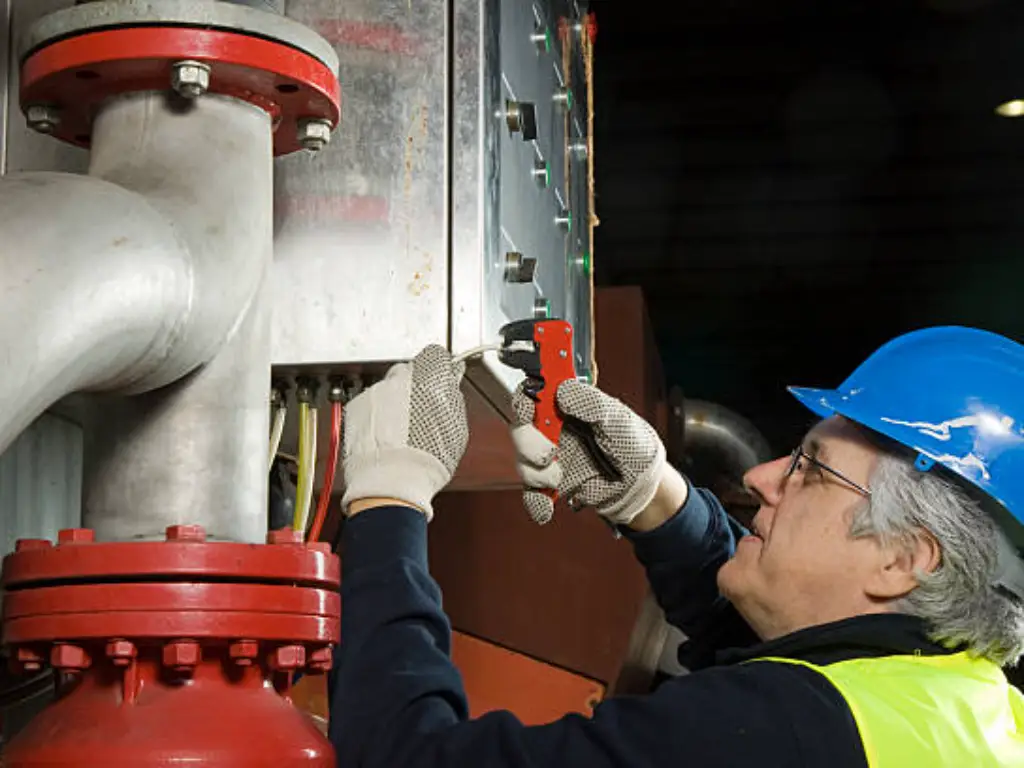
Inevitably, these production valves will experience notable difficulties. Here are some common problems and their solutions:
Valve Sticking
Sticking valves in either the open or closed position represents one of the most common issues. Buildup of debris or corrosion can trigger this problem in systems that work with dirty fluids or in corrosive scenarios.
Solution: Carry out routine examinations to clear away debris and evaluate options including stainless steel or coatings that resist corrosion in tough circumstances. In severe scenarios replacing the valve could be the best option.
Golpe de ariete
A pressure surge or shockwave appears if a valve is closed too quickly in the system. This can injure the valve and the pipes.
Solution: Use a valve that closes slowly to take in the pressure waves. Also, changing the flow rate can decrease the effect of water hammer when quickly adjusting pressure.
Flujo inverso
If the check valve does not stop reverse flow it may indicate an incorrect cracking pressure or worn components that allow leakage.
Solution: Verify the cracking pressure to make sure it fits your system. Should the valve become weakened REPLACE it with a new one set correctly for your application.
Excessive Noise
During operation of certain valves noise may arise often due to turbulence or vibration.
Solution: Shifting to a smoother internal design of the valve or changing flow rates can lower turbulence. By installing the valve properly and aligning it correctly, you can eliminate noise from vibrations.
Tackling these frequent problems through routine cleaning and careful valve choice will help you prolong the lifetime of your check valves and ensure efficient system performance.
Check Valve Maintenance: Tips for Longevity and Efficiency
Proper maintenance is key to ensuring the longevity and efficiency of your check valves. Regular inspections are crucial – look for signs of wear, corrosion, or damage to the valve body and internal components. Pay special attention to sealing surfaces, as even minor damage can lead to leakage. It’s also important to keep the valve clean. Debris can prevent proper seating, leading to backflow or increased pressure drop.
For valves in critical applications, consider implementing a preventive maintenance schedule. This might include periodic disassembly and cleaning, replacement of wear parts, and testing to ensure proper operation. Remember, different types of check valves may have specific maintenance requirements. For example, swing check valves might need lubrication of the hinge pin, while ball check valves may require occasional replacement of the ball. Always refer to the manufacturer’s guidelines for specific maintenance procedures. By taking care of your check valves, you can avoid costly downtime, ensure consistent performance, and extend the life of your equipment. Regular maintenance not only keeps your valves working efficiently but also helps you spot potential issues before they become major problems, saving you time and money in the long run.
FAQs: Everything You Need to Know About Check Valves
Q: How does a check valve operate in a water system?
A: When the inlet pressure surpasses the outlet pressure in a water system, a check valve enables water to travel only one way. When pressure levels out or shifts the other way the valve closes to block reverse flow and any contamination.
Q: What role do check valves play in industrial scenarios?
A: In industrial settings check valves stop backward flow and safeguard equipment.
Q: Can check valves fail? What are the signs?
A: Yes, check valves can fail. Indicators of malfunction are leaks and unusual sound and motion in the system along with decreased pressure and reverse flow. Checkups and upkeep avert and discover these problems promptly.
Q: How can I pick the best check valve suitable for my specific application?
A: Reflect on variables including the fluid’s characteristics and flow demand as well as temperature and orientation. Consulting a valve expert will typically help you choose the right type for specific requirements.
Q: How frequently do check valves require maintenance?
A: How often maintenance needs to occur varies with the application type and valve specifications. Inspections of check valves are advised at least yearly; for high-use cases or critical functions checks should be more frequent.
Have Further Questions?
We believe this article has provided you with a thorough insight into the operation of a check valve and its significance in different applications. Reach out to us if you need further information about check valves or how to care for them. Dombor has accumulated more than 20 years of experience in making industrial valves and is ready to help you with any questions about valves. Our specialized professionals are prepared to help you select the best valve for your application and to maintain the efficiency of your systems. Be aware that having an ideal check valve affects both the performance and longevity of your system!









